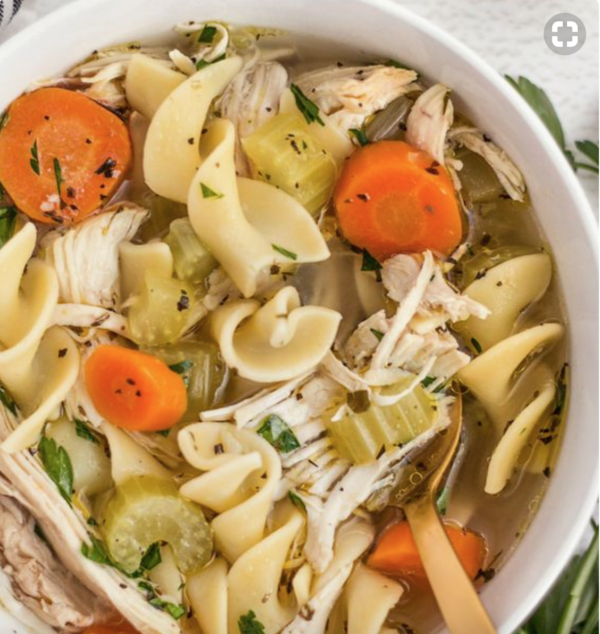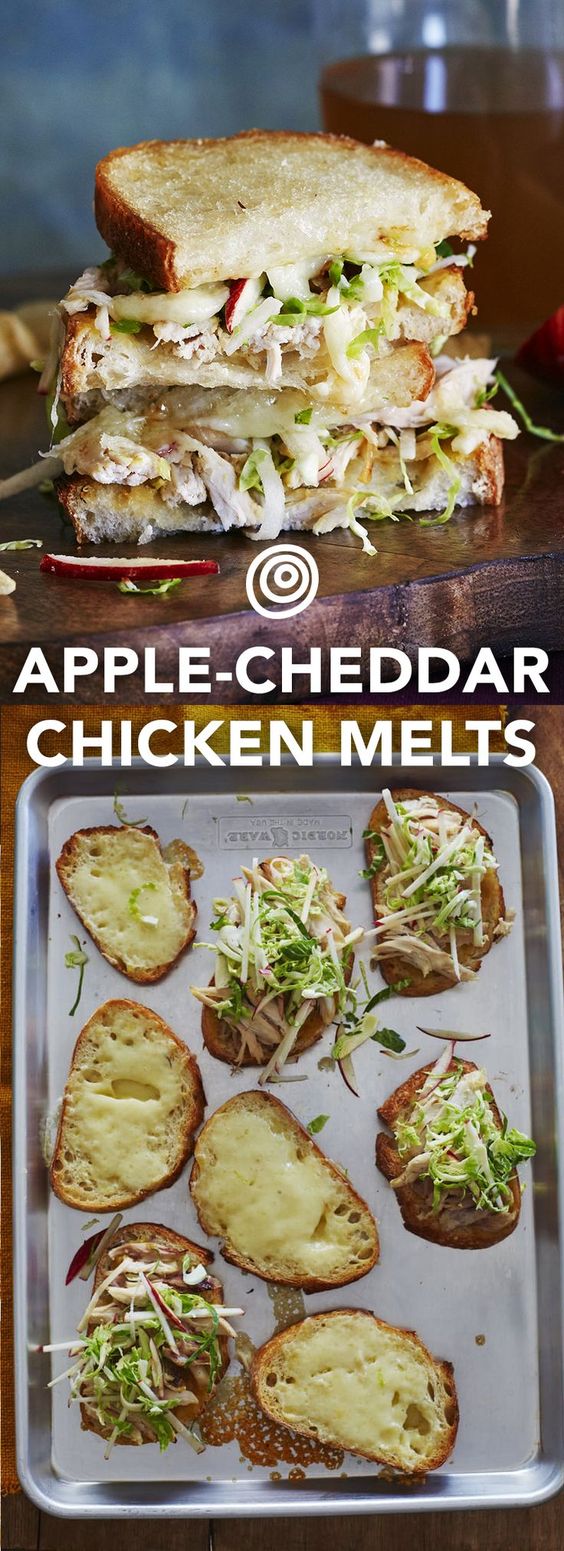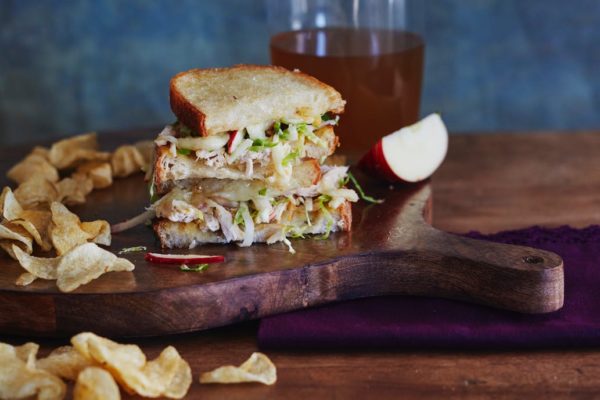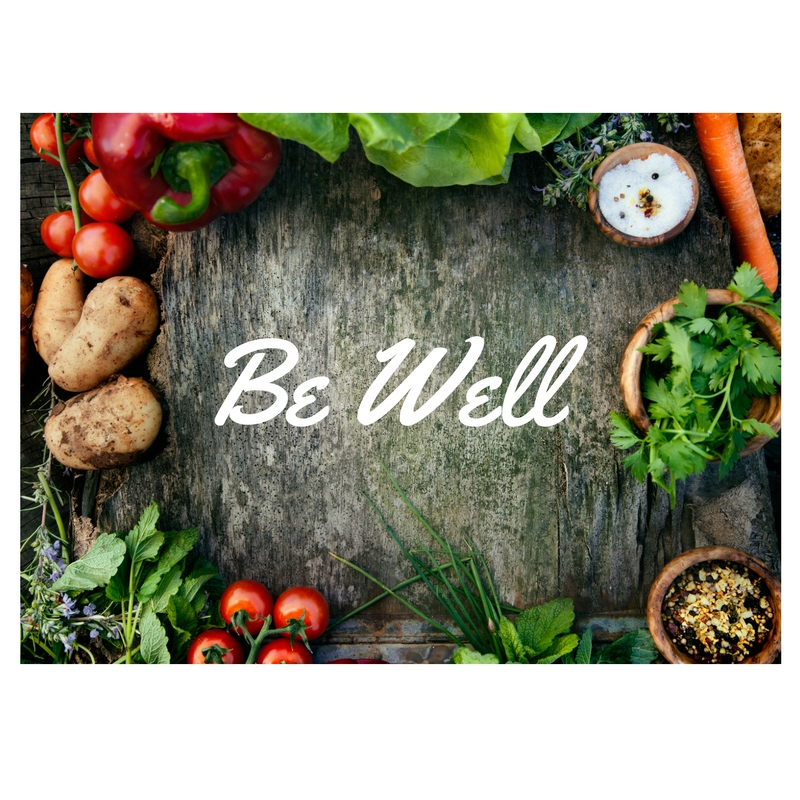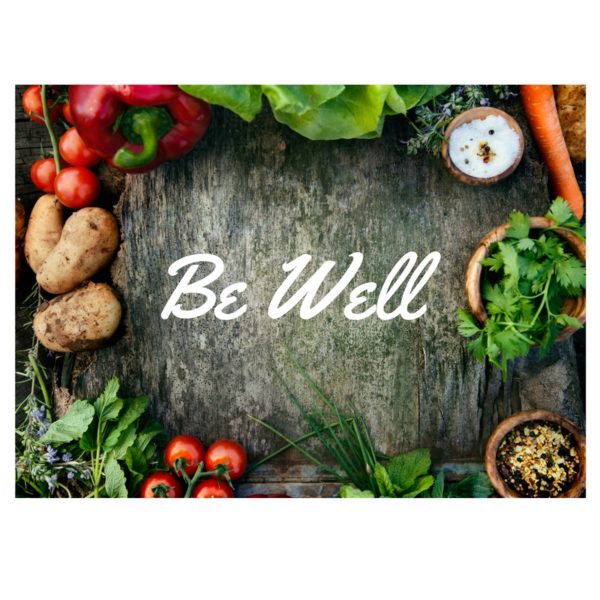One of the most frequently asked questions we get is, “How can I support a loved one with an eating disorder?” Our Certified Eating Disorder Specialists have come up with 10 tips to give you the tools you need:
1. Take part in non-food focused activities.
While special meals are what we often associate with special occasions, there is a lot more to family gatherings than food! Spotlight customs that are not food focused like game nights, movie nights, driving around to look at lights, or other outdoor activities!
2. Revisit enjoyable traditions!
Think about some traditions that you’ve had in the past that were enjoyable for everyone and participate in them again! This is a great way to remind everyone of good times together and distract from food-focused traditions.
3. Create new traditions.
This can be a fun family activity! Have everyone come up with traditions and try all of them! Families we know volunteer, decorations crafts, ice skating, silly family photos, attending a performance, and more! Invent your own creative traditions and share them with us on instagram using the hashtag #BetterLivingTraditions!
4. Be mindful of potential triggers.
Being aware of what might be a potential trigger for your loved one can aid in reducing stress. For example, if your loved one is triggered by decorating cookies, you can focus on other artistry instead! It’s possible to get the same family enjoyment without creating stress for your loved one.
5. Avoid the role of “food police.”
Unless your loved one’s treatment team has asked you to keep track of meal plans and accountability, it’s best to avoid monitoring and portioning food. Trying to take over this role can induce more anxiety and actually make things more difficult.
6. Decide on a code word to prompt a check in or a change in mood.
An effective tool is to agree on a “code word” that your loved can use in times of distress. When they would like to check in with someone or if they feel a shift or change in mood, feelings, or actions, they can use this code word to alert you.
7. Look for resources throughout your community.
Be aware of support groups and other resources in your area in the case that your loved one may need some extra support. The Alliance for Eating Disorders Awareness is an organization that provides free support groups for those struggling with an eating disorder. Find a list of their local groups here:
8. Ask if there is anything you can do to help them through a difficult situation.
Being open and honest with your loved one can be crucial for managing stress. Asking them what you can do that will make mealtimes and family times easier is a great way to start an honest conversation about how you can help them on their road to recovery.
9. Be respectful of their recovery process.
Respect that each person’s recovery process is different. Some people progress through recovery quicker than others, some require different interventions, and some find different techniques more useful than others. These differences don’t mean that there is failure. These differences are common, and recovery and treatment are processes that are individualized for every person.
10. Accept and validate their feelings – offer support and words of encouragement.
Support, validation, and encouragement are important aspects of recovery. At the most basic level, offering empathy instead of advice will help in validating the difficult feelings that they may encounter and can encourage them to keep pushing through!
For more information about eating disorders, visit the National Eating Disorder Association official website or our website at www.blscounseling.net.
We are also pleased to announce that Better Living Solutions Recovery Center is now accredited with the Joint Commission! For more information, read our full press release here.

 As the Corona Virus keeps more and more of our clients close to home, it’s a good time to review the stress management strategies in your toolbox.
As the Corona Virus keeps more and more of our clients close to home, it’s a good time to review the stress management strategies in your toolbox.
